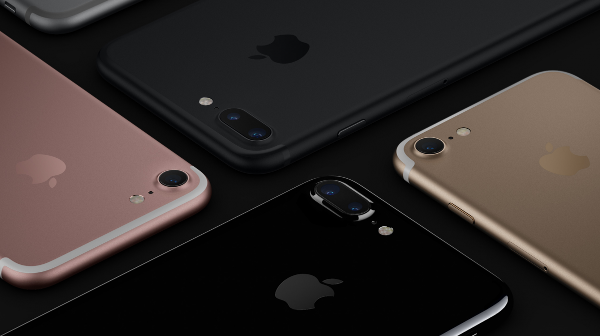
In all the years I've owned iPhone models, only once have I had to replace a
cracked screen. And that day was yesterday.
This post is not about how one performs a screen replacement; it's about what
to expect when you take it to an Apple Store to get the screen replaced.
A couple of weeks ago, my unprotected iPhone slid out of my pocket, out of my
car, and hit the concrete driveway, leaving a crack in the screen resembling a
dog-ear on a paper page, and a few pits in the metal at the impact point. The unit
was still usable, but I knew the crack was an unsafe condition at the very least.
Besides, this kind of thing is what AppleCare is FOR.
Our nearest Apple Store is about an hour and a half away. They didn't have any
appointments available for the coming weekend, so our next shot was the weekend
after that.
Upon arrival, the Apple people made things as easy as possible for me, but
there were a few surprises. They ran a diagnostic to ensure the unit didn't have
additional damage, then had me check and disable a few things in Settings, like
you would if you were replacing the unit. Replacing the unit was an option, but it
would cost $99 as opposed to the $29 cost for just replacing the screen.
Now might be a good time to talk about the Find My iPhone feature. It's one of
the things I had to disable when I brought the unit in for repair. Find My iPhone
was repurposed as a theft deterrent in response to a wave of iPhone thefts a few
OS versions ago. The feature now prevents the unit from being accessed or restored
over by anyone other than you. In the case of repairs, the Apple Store technicians
need this turned off in order to work on your phone; in the case of buying a new
phone, it needs to be turned off to allow the information on your current phone
to be erased.
The surprise part was that I had to leave the phone at the Apple Store for two
hours while the repair was effected. And, when the phone was returned to me, I was
told the Home button sensor was also replaced as a matter of SOP — understandable
considering it's attached to the glass — but the notion of resampling all of the
fingerprints I had stored was a bit annoying.
Touch ID is the phone's ability to identify an authorized user by fingerprint.
Originally implemented as a security convenience for access to the phone, Apple
extended the API to programmers to allow their apps to take advantage of it. It
is implemented through the Home button — the only button on the face of the
iPhone. So replacement of the Home button also meant replacement of the Touch ID
mechanism. After "surgery," I found that some of my apps continued to respond to
Touch ID as if nothing happened; but in at least one case, Touch ID was disabled,
meaning I had to go into the app's settings and re-enable it. Your mileage may
vary, but keep in mind that some of your apps may have disabled their Touch ID
capability after the Home button was replaced.
So, if you find yourself in this situation, you can expect:
- to be able to easily make an appointment with the Apple Store by using the Apple
Support app. Download it from iTunes. The icon is blue with a white apple logo in
the upper right corner, resembling the tee shirts the Genius Bar people wear.
- to be asked to back up your phone before you visit the Apple Store
- the technician will verify the serial number on the unit and verify that you
backed up the phone
- you will be directed to disable the Find My iPhone feature. You'll have to
enter your iCloud password to do that.
- your phone will spend a little time in surgery. In my case, it was two hours.
- you will be directed to log into your phone (Touch ID will not work.)
- you will be advised that you'll have to re-enable Find My iPhone and Touch ID.
- you may need to re-enable Touch ID on some of your applications.
- you will see they did a beautiful job.
|